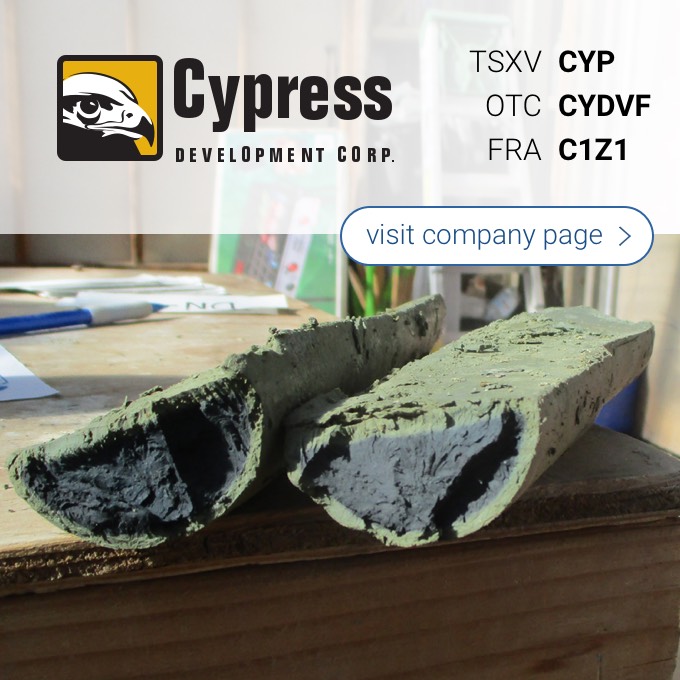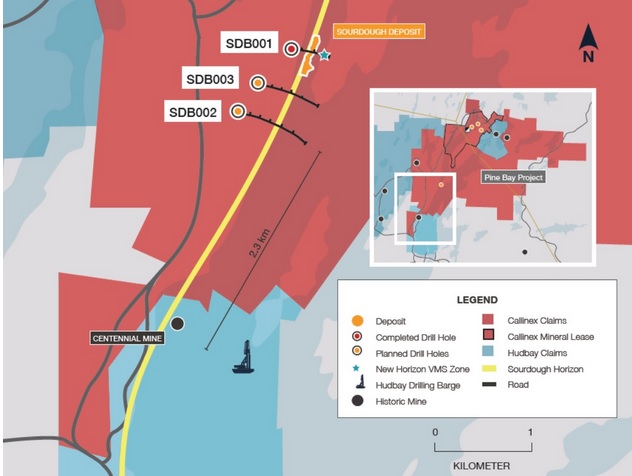An investment in Inca Gold (IO.V) is a bet on the confluence of two otherwise highly incompatible subjects matters: environmental protection and gold production. An investment in Inca Gold is also a bet on a nimble early mover that is well positioned to capitalize on a radical regulatory change in the South American country of Peru.
Here is an interesting bit of trivia to set the scene: 20% to 25% of the world’s gold is produced by artisanal or small-scale miners. As opposed to large scale industrial operations, artisanal mining refers to mining activities that use rudimentary methods to extract ore and process minerals and metals often in an uncontrolled manner and beyond any regulatory framework.
[download_link link=”http://caesarsreport.com/freereports/CaesarsReport_2015-07-29.pdf” variation=”blue”]DOWNLOAD REPORT [1.1MB][/download_link]
[download_link link=”http://caesarsreport.com/freereports/CaesarsReport_2015-07-29.pdf” variation=”blue”] DOWNLOAD REPORT [1.1MB][/download_link]
[fancy_header3]TEXT VERSION[/fancy_header3]
[margin20]
Why Inca One jumped at the toll milling opportunity in Peru
And here is another bit of trivia before we continue: no other sector releases more noxious mercury into the environment worldwide than the small-scale mining sector. According to the UN Environmental Protection Agency small-scale mining releases no less than 400 tonnes of airborne mercury each year.
Artisanal gold miners combine mercury with gold-laden material. The mercury binds to the gold, and evaporating the mercury with blow torches or over ovens leaves small gold pieces behind. The mercury fumes are either inhaled, or escapes to settle in the surrounding environment. Elementary mercury transforms into methylmercury, an especially dangerous neuro-toxin which accumulates in the food chain.
Peru is one of the countries most affected by small-scale and artisanal mining and its side effects. However, contrary to other affected jurisdictions Peru has decided to stop turning a blind eye, tackle the problem, solve the associated environmental issues, and generate tax and royalty revenue to boot. And perhaps more importantly for readers of this report, create opportunities for nimble investors in the process.
The state of Peru has initiated a program that requires artisanal and small scale miners to formalise their activities and process ore at legalized and permitted gold processing plants. Miners who comply with this programme will be able to pursue mining activities within a legal framework that not only regulates mining and processing of the ore, but also grants basic rights and protects the environment. Miners who don’t comply face repercussions that include army units destroying their equipment (and livelihood).
Inca One has recognised the potential of this turn of events and has established a fully permitted toll mill in one of the most prolific areas in terms of artisanal and small-scale mining, the Chala plant. To be precise, the company has purchased an existing plant and upgraded it to a capacity of 100 tpd.
Acquiring an existing mineral processing facility has saved Inca One considerable capital, time and resources by reducing the construction and permitting process associated with building a new mineral processing plant. The Chala plant is located close to a high concentration of small scale miners who will potentially provide mill feed of a high grade that is typical for this area.
Chala One is running at full capacity
Only recently Inca One reported reaching nameplate throughput of 100 tpd on the majority of days thanks to solving minor bottleneck problems and the fast increasing acceptance of the company’s services by the local small-scale miners. And this touches on a very important aspect of Inca One’s business: the company has the declared goal of becoming the local “processor of choice” by offering secure, long lasting and reliable relationships to small scale miners.
Recognising these miners as essential partners and supporting them in the transitions imposed by the formalisation process in return for off-take agreements ensures strong relationships and consequently a secure flows of ore feed to the plant. Advantageous payment terms and fast truck turn-around times add to the attraction for small-scale miners to deliver their ore to Inca One’s Chala plant.
In the short-term the company is targeting a continuous monthly throughput rate of 3,000 tonnes, but in the longer term it has plans to expand the capacity of the Chala plant to the permitted capacity of 350 tpd and improve efficiencies and ore intake to fill the plant as close as possible to capacity.
At this stage the Chala plant is producing loaded carbon for smelting and recovery of gold and silver off-site. In addition to expanding the plant capacity Inca One has also recently acquired a carbon stripping facility and the next step might be to construct a gold room to pour its own doré bars.
The mill feed delivered by small scale miners is typically clean and high grade, a result of the harsh working conditions faced by these miners. They simply have to be selective in picking high quality ore and not wasting their labour on too much waste material, and consequently bonanza grades of in excess of 20g/t are the rule, and not the exception.
This plays into the hands of the toll milling service provider, since the ore is amenable to simple crushing and coarse grinding followed by stock-standard leaching and CIL processing. Typical metallurgical recovery is in excess of 90% and due to the simple process plant scheduling is highly flexible.
Inca One is not the first toll milling service provider in Peru, but it is the first toll milling pure play on the described Peruvian formalisation process. Inca One’s business model encompasses toll milling as a means to itself, while existing peers are using toll milling income to fund exploration activities.
This is an important difference, making Inca One a much less speculative investment than its peers, and a pure leveraged bet on the legislative changes in Peru. Shareholders are exposed to the toll milling business only, and no additional distractions from mineral exploration are involved.
Where will this lead to?
Inca One’s business model is highly scalable. Numerous tiny and sub-standard mills are sprinkled throughout the country, needing upgrading and modernisation to become compliant with legalisation under the new formalisation process. The company has become a credible potential partner for owners of these plants seeking to replicate the success of the Chala plant modernisation.
In fact, Inca One is already exploring several opportunities to open additional plants in strategic locations throughout Peru. The declared goal of operating four plants within the next four years may sound ambitious, but appears achievable considering the mounting pressures as a result of the legislative changes, and the company’s impressive performance at the Chala plant.
Trading it the middle of its 52 weeks trading range at around C$0.16 on the Venture Exchange, the company has a market capitalisation of C$12M. The share structure is tight, with only 69.7M shares outstanding (91.2M fully diluted). Company insiders have a lot of skin in the game owning 17.5% of the company’s equity.
A recent capital raise was in the form of debt and was closed in the first half of July and included warrants to be exercised at C$0.25 (50% higher than today’s share price). This initiative has increased the cash position to C$2.3M which should be sufficient to support the company in pursuing its short-term goals. With cash flows starting to eventuate from the Chala plant, the remainder of the year will be and interesting period of time to see how the market will re-rate this company.
[divider_top]
Disclosure: Inca One Gold is a sponsoring company. Please see our disclaimer for current positions.













